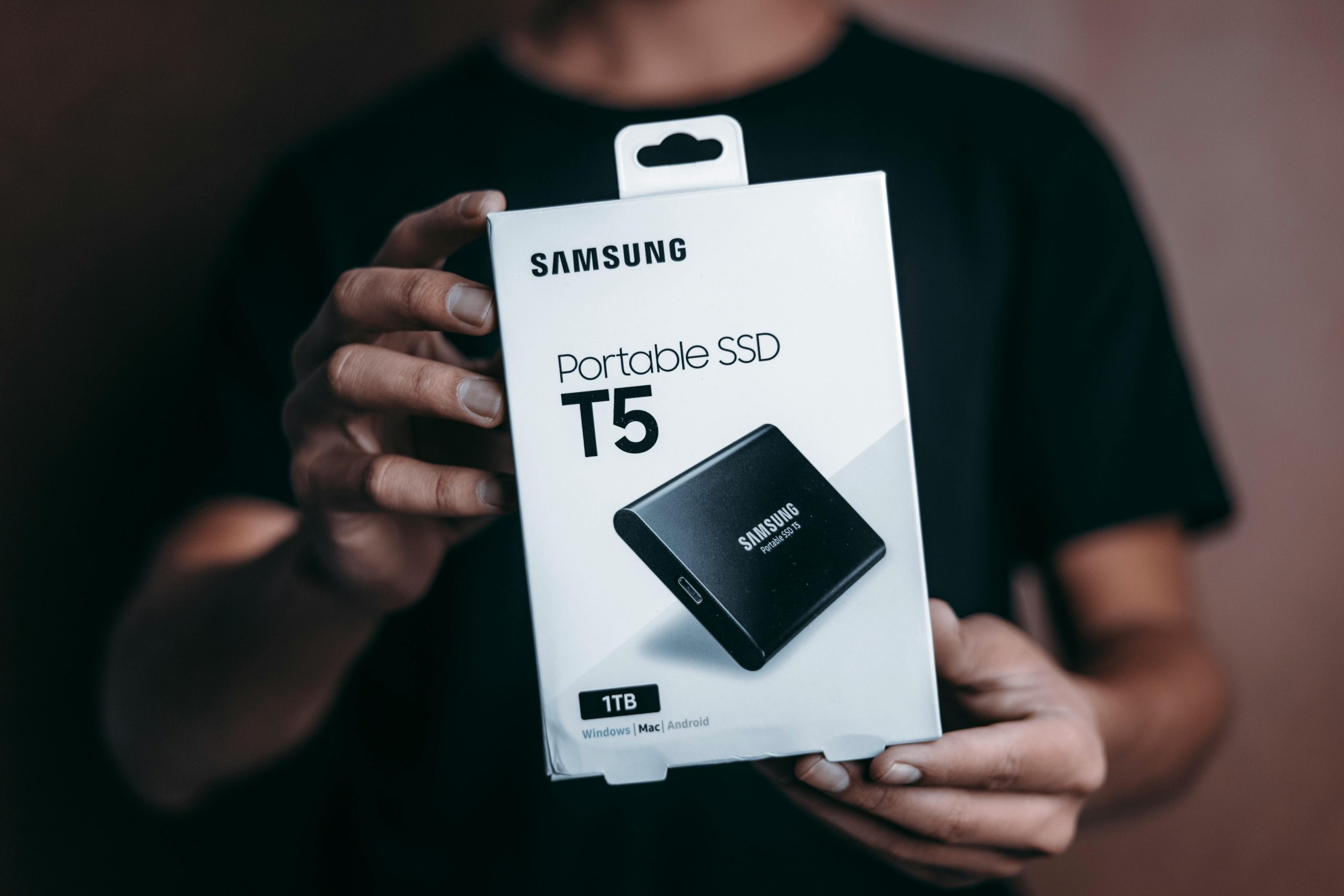Does Partitioning an SSD Impact Its Lifespan? A Comprehensive Overview
Solid State Drives (SSDs) have revolutionized data storage, providing faster access speeds and greater durability compared to traditional mechanical hard drives. However, as with any technology, users often have questions regarding best practices to maximize lifespan and performance. One common concern is whether partitioning an SSD influences its durability over time.
Understanding SSD Partitioning
Partitioning involves dividing a single physical drive into multiple logical sections, each functioning as a separate drive within the operating system. This practice allows users to organize data more efficiently, such as dedicating one partition for games, backups, or specific applications.
In a typical scenario, a user with a 476GB SSD considers allocating approximately 110GB for Steam games—a practical way to organize large files like Destiny 2, which consumes around 60GB. The question arises: does creating such partitions harm the SSD’s hardware integrity or lifespan?
Impact of Partitioning on SSD Wear and Tear
Modern SSDs are designed to handle numerous write and erase cycles, with their lifespan primarily dictated by the total amount of data written to the drive. The act of partitioning itself is merely a logical division; it does not physically alter how the SSD operates. This means that partitioning does not inherently cause additional wear beyond normal usage.
However, the broader aspect to consider is data management. SSDs use a process called wear leveling to distribute write and erase cycles evenly across the memory cells. Excessive or poorly managed write activities can accelerate wear, regardless of partition boundaries.
Partitioning may influence how data is organized and accessed but does not significantly impact the fundamental wear mechanism. Instead, factors such as the volume of data written, the workload pattern, and overall usage habits are more crucial in determining the drive’s lifespan.
Additional Uses and Considerations
Beyond organizing game installations, partitioning can be beneficial for controlling backup destinations or separating system files from personal data. Since SSDs generally handle multiple partitions well, the logical separation does not introduce any hardware risk.
Given that SSDs lack moving parts, the primary limitation remains the total amount of data written over time. If your primary concern is longevity, focus on practices such as enabling TRIM support, avoiding unnecessary writes, and monitoring drive health.
Conclusion
For users contemplating partitioning their SSDs, the good news is that doing so does not intrinsically shorten the hardware’s lifespan. Properly managed, partitioning is a safe and effective method to organize data,
Share this content:



